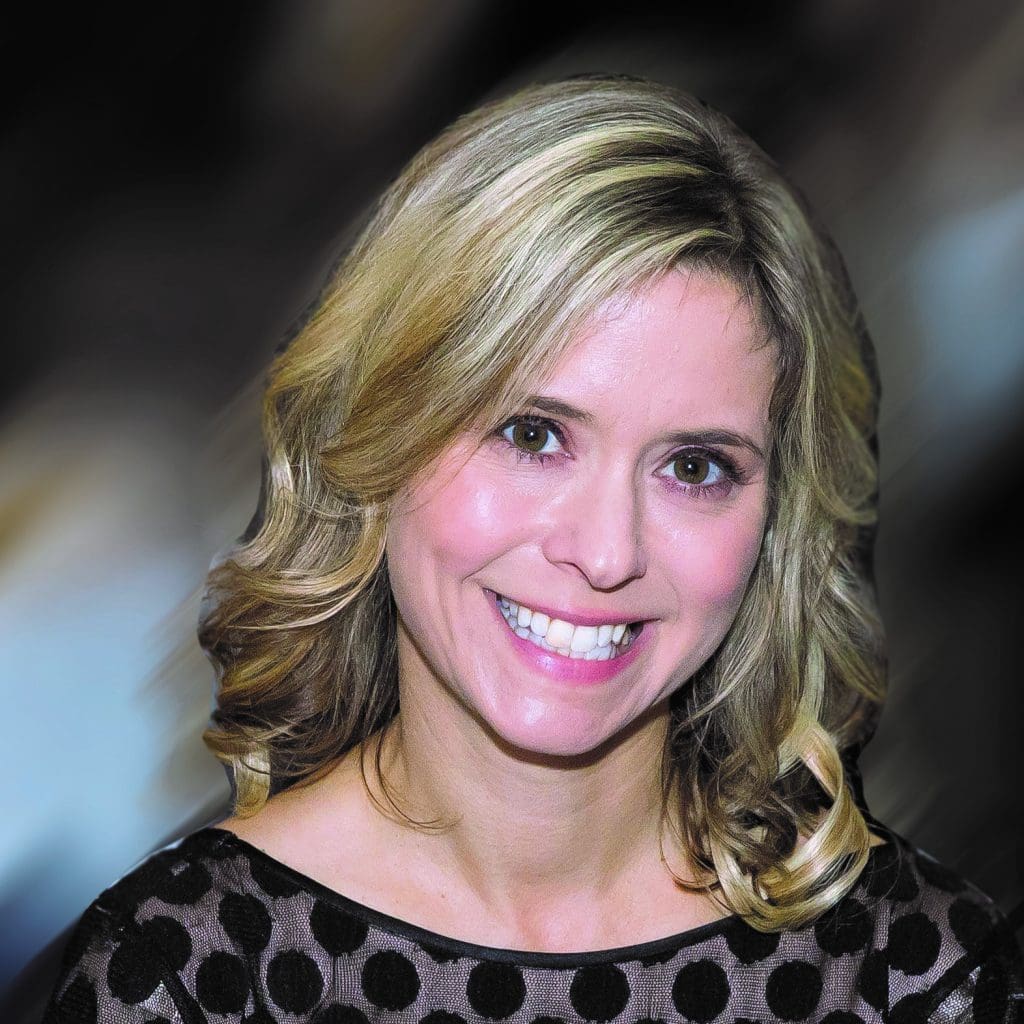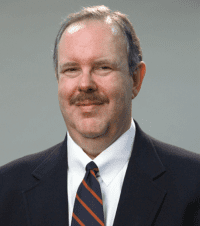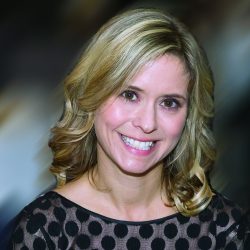
By Ward Christman
Joe DeMaio, director of human resources information technology and HR shared services at Thomas Jefferson University and Hospitals, has moved full speed ahead in the last year and half since he joined the organization, transforming its approach to HR technology. Bogging down the process was paper-based onboarding and basic under use of technology.
He shares his strategies -an HR shared services center, gaining executive buy-in, leveraging tech for employee retention -into transforming Jefferson’s HRIT to best-in- class standards all while achieving impressive return on investment.
Ward Christman: What is your overall HR tech strategy?
Joe DeMaio: Wherever possible, we use our core HRMS (PeopleSoft) and related tools, however, when there is a gap we go out to the market to find a solution. These third- party tools have to be pre-integrated with PeopleSoft or we won’t consider them.
Christman: What types of HR technologies have you been working on?
DeMaio: When I joined Jefferson a year and a half ago, we were behind the curve in technology. We were on an old version of PeopleSoft, we had a lot of paper-based processes, and were not leveraging tech at all. My mission, and the reason they hired me, was to bring Jefferson’s HRIT up to the best-in-class standards. The real transformation started when we implemented an HR shared services center. HR tech projects that spun out of that have included: setting up an online life events portal, a new hire benefits enrollment system, a rewards and recognition solution, an automated onboarding solution, a new manager self- service platform, and an automated call distribution (ACD) system for our new call center. We have just now started to migrate our case management tools from Excel to a dedicated tool inside PeopleSoft.
Christman: For the HR service center (HRSC), what were your goals?
DeMaio: Our key goals were to increase efficiency, effectiveness, and responsiveness, and to deliver more transparency for HR. We did this by collapsing all the business processes into one central HR service delivery function. To create a solid plan we first reviewed, standardized, and documented all our procedures.
Another goal of the HRSC project was to use it to help discover key pain points in the organization; from that we realized onboarding and manager self-service were top candidates. We’re always looking for ways to improve the experience for our employees and managers, and to also improve the data integrity in our systems. Another top candidate was our paper-based benefits enrollment. The key goal of the HRSC was to eliminate administrative burdens for our HR business partners so they had more time to focus on being strategic. To be more efficient, we plugged in a lot of technology to eliminate paper.
Christman: Eliminating paper has been a goal for HR for many years. What was one key solution you implemented to help with that goal?
DeMaio: Onboarding was a huge “paper” target for us. Since Silkroad’s RedCarpet onboarding solution had a pre- built integration with PeopleSoft’s Enterprise Candidate Gateway (an applicant tracking system), their offering was a natural to consider.
We considered other solutions that were pre-integrated with PeopleSoft, but after a detailed review, we felt RedCarpet best matched our objectives. For the candidate it’s easy, intuitive, and slick -it has the wow factor we wanted for our new hires. It also has a nice rules engine to tailor the experience based on the job role and other variables. We got it up and running in only eight weeks. All their personal data flows straight into PeopleSoft: direct deposit, taxes, name, address, legal disclosures for signature, etc.
Christman: What is the onboarding return on investment (ROI) for Jefferson?
DeMaio: For the hard cost benefit, it freed up two HR full- time employees to do other stuff and about 10 percent of every recruiter’s time. For the soft benefit, one of our key HR pillars is to make Jefferson a career destination, so with the new onboarding solution, the applicant has a better experience, is more engaged through automation, and they can call the HRSC with questions.
Christman: What other HR tech projects delivered a strong ROI?
DeMaio: We outsourced part of the HRSC to Equifax: unemployment, verifications, and ACA compliance. These things and other elements saved at least three full-time employees, and also delivered a quicker turnaround for employees and applicants. We looked at a few vendors but Equifax had a pre-built PeopleSoft integration and that helped us get set up in only 10 weeks. Since Equifax is a PeopleSoft partner, they upgrade their interfaces with PeopleSoft so when upgrading Jefferson’s HRMS, there is very little for us to do to ensure the integrations continue to work as expected.
Christman: What HR tech projects are next?
DeMaio: We’re getting ready to implement PeopleSoft’s HR CRM (help desk). It integrates with our phone system so the employee’s data is pre-loaded before the call center agent even picks up the phone. It also shows call history notes which helps combat employees calling back hoping to get a different answer from a different rep. The software can route escalated cases to HR business partners as needed. We will be collecting data on questions asked, escalations, and will use this data to build out FAQ page for a full employee self-service portal. If the employee can’t find an answer on the FAQ portal, they can then reach out to the HRSC for help.
The CRM will give us the ability to be more proactive, identify issues, and do trending analysis, e.g. better market benefits program or find issues trending in certain departments.
Christman: How can these tools help with retention?
DeMaio: Once we get you, we want you to stay. Some of the tech will drive career plans, career paths, and strategic succession plans. We are also partnering with IBM to build out job profiles via competency-based job descriptions from their job and competency catalogues. We’ll build our performance management around redesigned job descriptions. We will also use competency-based behavioral interview questions so recruiting can pull the job descriptions based on the job profile. Lastly, all of this will integrate with the learning management system. I did the same thing at my previous job and it worked really nice. Jefferson leaders can identify high potential employees, facilitate process improvement, drive performance, and accountability -all based on each employee knowing what their job is and the expectations of them in that role.
Christman: Buy versus build: Why not build these modules within PeopleSoft?
DeMaio: Our CIO, Praveen Chopra, agrees we are not a software development company and to let our vendors handle it. Some of the PeopleSoft solutions we looked at in the past were not robust enough for our needs, but that’s changing, so we’ll be migrating from third-party apps to those PeopleSoft modules, such as ePerformance, in the near future.
Christman: How does your HRIT team run these projects?
DeMaio: Our HRIT team is tasked with system configuration and setting up all the business rules. Our internal partner on the IT side manages the HR applications and custom development work, if needed. They help do technical due diligence during external partner evaluations and if it’s an Oracle partner it’s usually a slam dunk. If a solution partner has something custom or unique to Jefferson’s environment, I give our IT team the business spec and logic and they code it, then my team tests it and approves it.
Christman: What is your HR tech shopping process?
DeMaio: A lot of the vendor evaluations we’ll take on ourselves; we’ll do the research on our own through Gartner or Saratoga reports, and evaluate them on our own. In certain areas we’ll use consultants but we have a lot of expertise on our staff that came from the market and know what is currently trending. We also partner with niche consulting firms such as CedarCrestone and BTRG to ensure our strategy and execution are fully optimized.
Christman: What is your core HR strategy to support the organization?
DeMaio: Pam Teufel, Jefferson’s executive vice president and CHRO, has a strategic workforce plan and four major pillars defining how we manage the organization:
- Innovation
- Performance and accountability
- Process improvement
- Career destinations
All HR projects funnel into one of these pillars. The field employees will share issues with our HR business partners who then take them to the HRSC team for review/ consideration. We have a large backlog, but focus on issues that will help the employee and get the most ROI.
During our department retreats, we also align our projects with Jefferson’s Blueprint for Strategic Action, developed by our CEO and President, Dr. Stephen K. Klasko and the Jefferson Leadership Group.
Christman: Any advice for others looking to optimize their HR tech systems?
DeMaio: You’ll first need leadership commitment or you’re not going anywhere. You must have a good strategic plan in HR that aligns with the overall enterprise strategic plan. Our four HR pillars plug into some of our corporate level pillars such as accountability, process improvement, innovation, etc. Also, you’ll need to build a good team around you who understands the technology. Our shared service manager and HRIT manager know the industry and built really solid teams that can move quickly. Lastly, developing good partnerships with internal development teams and third parties will ensure optimum results.
Christman: What would you have done differently?
DeMaio: I’d give myself this advice: slow down the pace and don’t bite off more than you can chew. We did a lot of great things but it’s hard for the enterprise to absorb all the new stuff we delivered in just one year. We rolled out voluntary benefits, a wellness program, online rewards and recognition, and more. Also, I’d strive to better communicate more of why we were doing what we we’re doing. A lot of the changes were to directly address employee concerns and issues but we needed to do more to tie it back directly to the employee surveys etc. and show those ties to everyone.
Christman: What’s next on your plate?
DeMaio: We have been collapsing all the various Jefferson business units to move everyone to standardized HR technologies. We still need to rope in the LMS and time management, but are planning to address them soon. Next fiscal year we’re starting up our workforce optimization project, which will look at managing our time and attendance processes, leave requests, and labor forecasting. The LMS will likely be a single platform integrated with PeopleSoft. We will roll out PeopleSoft’s ePerformance to Jefferson University in June, and we plan to consolidate the business units currently on Halogen onto the PeopleSoft platform next year.
Christman: Do you have a future vision for your HR tech strategy?
DeMaio: Soon employees will be able to see how they can progress from one job to another based on skills and competency matching and apply to a job in any of the Jefferson business units. Employees will be able to lay their profile over a job profile to see what skills and competencies they are missing, then can easily find training in the LMS to help them close those gaps to qualify for their next role in the organization.
Ward Christman is chief advisor for HR Tech Advisor.













